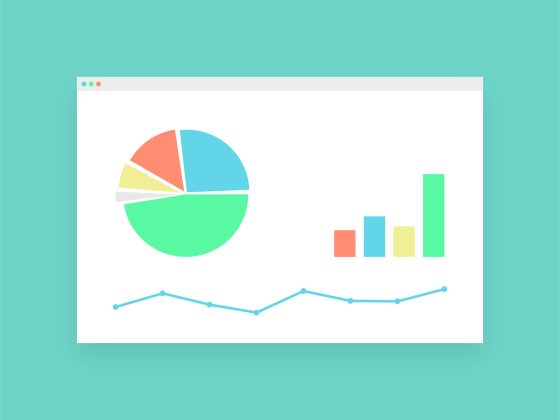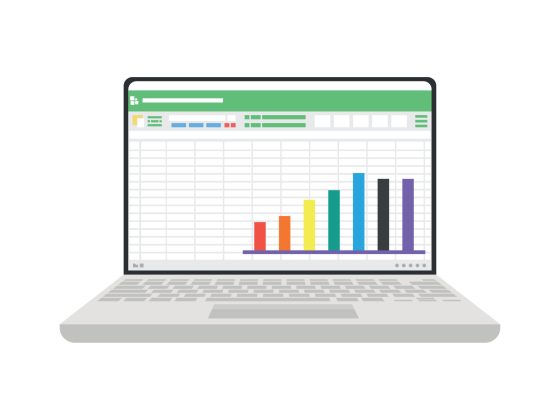Avoid distractions
These might come in different shapes and sizes. If you are working from home, it might be the sense of urgency to fix or clean stuff at your house. Or this could be a website, a game on your phone, a book you’ve been itching to read. You should try and avoid this.
If working at home, create a space in your house that is solely dedicated to working. If there is none, you might add dividers like curtains to avoid seeing through or being seen.
Set Targets
Set daily targets. If you can plan up to Weekly and Monthly, the better. But do not be constrained on these targets. If your project, company or teammates have more pressing matters or emergencies, you will need to adjust. Make sure to add some buffers to avoid cramming.
When objectives are set for you, this will be your guidepost. The worst thing you can do is do whatever you want. You might be doing something productive, but if it does not align with the goal of the project or company. It will become wasted effort.
Maximise the use of productivity tools
Equipment or tools are important. From physical tools and equipment, such as your laptop, keyboard, monitor, mouse, chair. The other are non-physical tools like software. There are various free software available, but there are also paid that have the edge in terms of feature and support. You should make time to canvass your tools.
Try to be in “The Zone”
As you work, you will begin to notice that there will be a time you will be the most productive. It might be after you drink coffee, had a power nap, early in the morning, or late in the evening. Take note of this time. Assign the most important task during this time slot. Another way to look at it, is to assign mindless tasks or less important tasks during a less productive state. I call this “zombies” task, like copying certain texts to another document, or of similar effort that requires less brain power.
Take breaks
Take meaningful breaks, but plan for it. There is a Japanese way called “Pomodoro Technique”, which lets you work in sprints. An example is to put in 25 minutes of intense work, then go for a short 5-minute break. The break could be anything, from playing games, reading a book, watching a funny video clip, playing chess, or munching on some snacks. You can read more on how to overcome laziness here.









